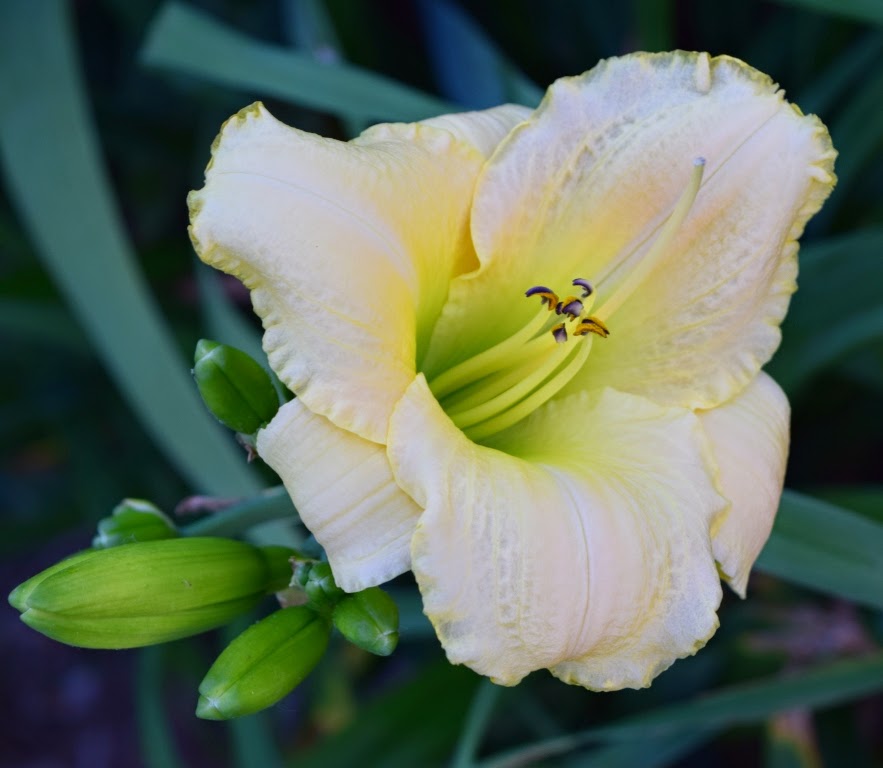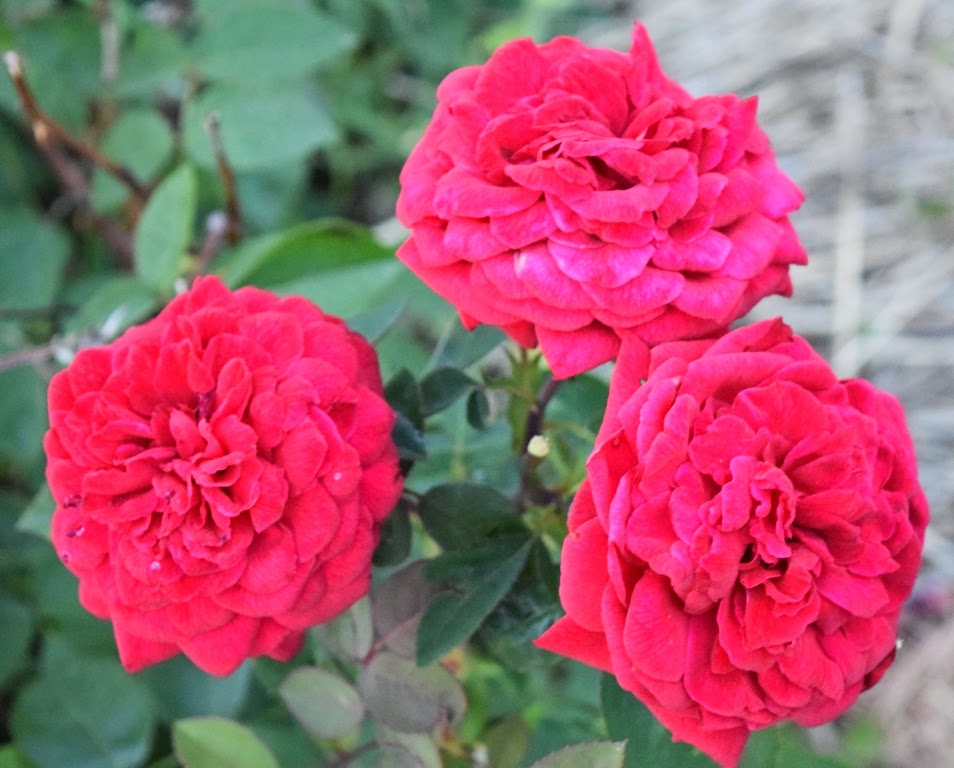 |
| Western Meadowlark |
On the prairie there are few bushes and even fewer large trees for birds to perch on or hide in. The endless grasses provide ample chances of concealment, but there are few opportunities to seek the high ground, to scan for approaching danger or food. Consequently, most of the prairie birds can be characterized as either "ground-huggers" or "fence-sitters."
The ground-huggers are elusive creatures, hidden both day and night, often nearby, but revealed only when they are disturbed, if then. I've yet to see a Greater or Lesser Prairie Chicken, but I've heard their spring mating calls. In contrast, I've often been startled by quail exploding at my feet. Killdeer and Common Nighthawk, and turkeys are more abundant. Getting a photo of any ground hugger, however, is difficult at best and requires more patience than I'm made of.
 The fence-sitters use any manmade or natural elevation to gain advantage, and although they are easier to spot, they are just as difficult to photograph. They're able to see me coming a long way away, and hence they tax the abilities of my largest lense and my ability to hold it steady. I was lucky however, last week, to capture these shots of the Meadowlark seen above and to the right. This is probably a Western Meadowlark, but I'm told that I can't reliably tell Western from Eastern outside of song. This guy was singing his head off, but I'm afraid I don't yet know the tune.
The fence-sitters use any manmade or natural elevation to gain advantage, and although they are easier to spot, they are just as difficult to photograph. They're able to see me coming a long way away, and hence they tax the abilities of my largest lense and my ability to hold it steady. I was lucky however, last week, to capture these shots of the Meadowlark seen above and to the right. This is probably a Western Meadowlark, but I'm told that I can't reliably tell Western from Eastern outside of song. This guy was singing his head off, but I'm afraid I don't yet know the tune.  |
| Scissor-tailed Flycatcher |
Even more fortuitously, I was happy to snatch these blurry photographs of this Scissor-Tailed Flycatcher living nearby. This beautiful male has been coming back every summer for five years to the Osage Orange tree across from my driveway. I often see him sitting on the fence in the early morning as I drive to work. He always flits away just as I'm about to get within good photo range, every time that I stop the car and roll down the window, or even when I'm on foot trying to sneak up on him. The Scissor-tailed Flycatcher's natural range is only up to the northern border of Kansas, so this guy is pushing the limits of his species.
 I'm lucky to be blessed with his acrobatic performance flying from time to time, the aptly-named scissortail sailing like a kite in the wind; A kite in the wind over a sea of endless grass, floating and buoyant on the currents of summer air. I just wish he'd let me be closer before he soars, so I could properly admire the beauty of grace married to perfect form, the envy of many an aerospace engineer.
I'm lucky to be blessed with his acrobatic performance flying from time to time, the aptly-named scissortail sailing like a kite in the wind; A kite in the wind over a sea of endless grass, floating and buoyant on the currents of summer air. I just wish he'd let me be closer before he soars, so I could properly admire the beauty of grace married to perfect form, the envy of many an aerospace engineer.
Ground-huggers and fence-sitters, the birds of the tallgrass prairie. Each adapted in their way to hide or to flee, to fly for life and food, or to run for their life deeper into the grass. Each successful at that most important game, survival and reproduction, over and over, on and on.
.jpg)
.jpg)
.jpg)
.jpg)
.jpg)
.jpg)
.jpg)
.jpg)
.jpg)

.jpg)
.jpg)
.jpg)
.jpg)
.JPG)
.jpg)
.jpg)

.jpg)
.jpg)

.jpg)
.jpg)
.jpg)
.jpg)
.jpg)

.jpg)
.jpg)
.jpg)






.jpg)
.jpg)
.jpg)
.jpg)
.jpg)
.jpg)
.jpg)
.jpg)
.jpg)
.jpg)
.jpg)

.jpg)